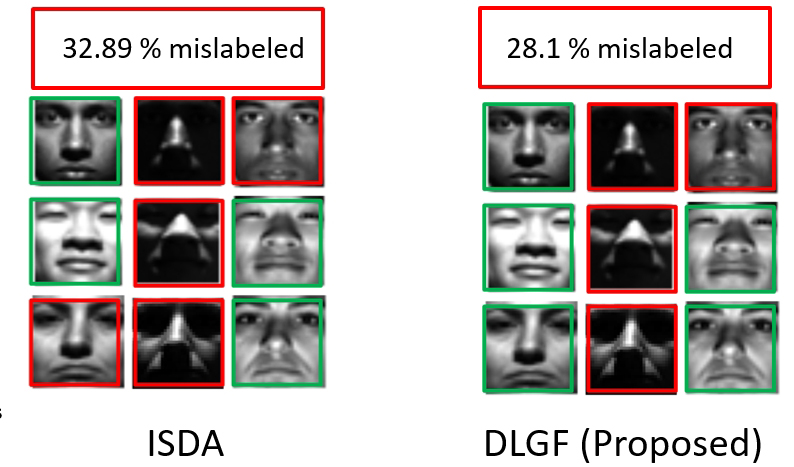
In this paper, a novel framework for semi-supervised learning based on graphs is introduced. We present an innovative approach for concurrently estimating label inference and performing a linear transformation. This specific linear transformation is directed towards achieving a discriminant subspace, which effectively reduces the dimensionality of the data. To enhance the semisupervised learning process, our framework places a strong emphasis on leveraging the inherent data structure and incorporating the information provided by soft labels from the available unlabeled samples. The method we propose ultimately results in an improved discriminative linear transformation. The effectiveness of our approach is verified through a series of experiments conducted on real image datasets. These experiments not only confirm the efficacy of our proposed method but also demonstrate its superior performance when compared to semi-supervised methods that simultaneously incorporate integration and label inference.

Deep semi-supervised learning (SSL) have been significantly investigated in the past few years due to its broad spectrum of theory, algorithms, and applications. The extensive use of the SSL methods is dominant in the field of computer vision, for example, image classification, human activity recognition, object detection, scene segmentation, and image generation. In spite of the significant success achieved in these domains, critically analyzing SSL methods on benchmark datasets still presents important challenges. In the literature, very limited reviews and surveys are available. In this paper, we present short but focused review about the most significant SSL methods. We analyze the basic theory of SSL and the differences among various SSL methods. Then, we present experimental analysis to compare these SSL methods using standard datasets. We also provide an insight into the challenges of the SSL methods.